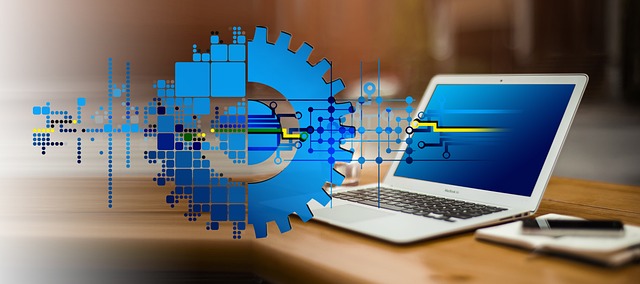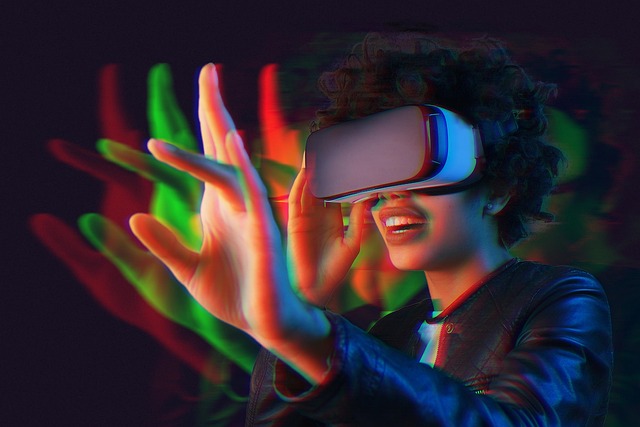The rapid evolution of technology in today’s world is nothing short of extraordinary. Among these advancements, digital twin technology stands out as a beacon of innovation in the era of digitalization. As organizations strive to navigate the complexities of modern challenges, the concept of a digital twin offers a new lens through which they can optimize operations, enhance productivity, and better understand the intricacies of their systems.
At its core, a digital twin is a virtual representation of a physical object or system, allowing companies to simulate, analyze, and predict real-world performance. This technology delivers unprecedented insights by bridging the gap between the physical and digital worlds. Imagine being able to monitor your equipment’s health in real time, or even experimenting with different scenarios without the risks involved in real-life testing. Such capabilities empower businesses to make informed decisions that drive efficiency and minimize downtime.
The potential applications of digital twin technology are vast and varied. In manufacturing, it can streamline production processes by predicting machine failures before they happen, thereby reducing maintenance costs and enhancing overall productivity. In building management, digital twins can optimize energy efficiency by allowing managers to simulate and adjust systems such as heating, ventilation, and air conditioning. This not only leads to cost savings but also contributes to sustainability efforts, showcasing how digital twin technology aligns with broader environmental goals.
Furthermore, industries such as healthcare are leveraging digital twin technology to create personalized patient models which can aid in treatment planning and improve patient outcomes. This shift towards customization and precision mirrors the broader trend of digitalization across sectors, where data-driven insights foster more tailored services and solutions.
As we delve deeper into the digital age, the integration of digital twin technology in everyday operations represents a pivotal shift in strategic thinking. It emphasizes a proactive rather than reactive approach, allowing organizations to stay ahead of the curve. The ability to visualize and manipulate data in real-time can lead to innovations that were previously unimaginable.
Ultimately, as businesses and consumers alike continue to embrace the benefits of digitalization, the role of digital twins will only expand. Embracing this technology can unlock new levels of efficiency, creativity, and collaboration, ensuring that organizations not only survive but thrive in an increasingly digital landscape.




